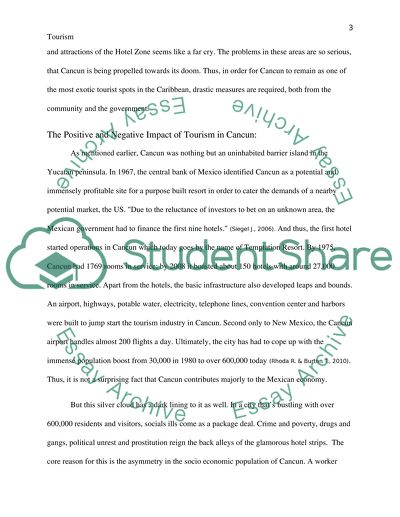Cite this document
(“Sustainable Tourism Practice & Planning Assignment”, n.d.)
Retrieved de https://studentshare.org/tourism/1392420-sustainable-tourism-practice-planning
Retrieved de https://studentshare.org/tourism/1392420-sustainable-tourism-practice-planning
(Sustainable Tourism Practice & Planning Assignment)
https://studentshare.org/tourism/1392420-sustainable-tourism-practice-planning.
https://studentshare.org/tourism/1392420-sustainable-tourism-practice-planning.
“Sustainable Tourism Practice & Planning Assignment”, n.d. https://studentshare.org/tourism/1392420-sustainable-tourism-practice-planning.


